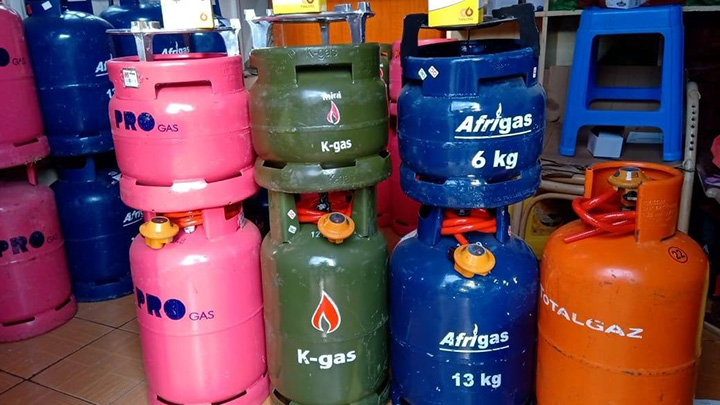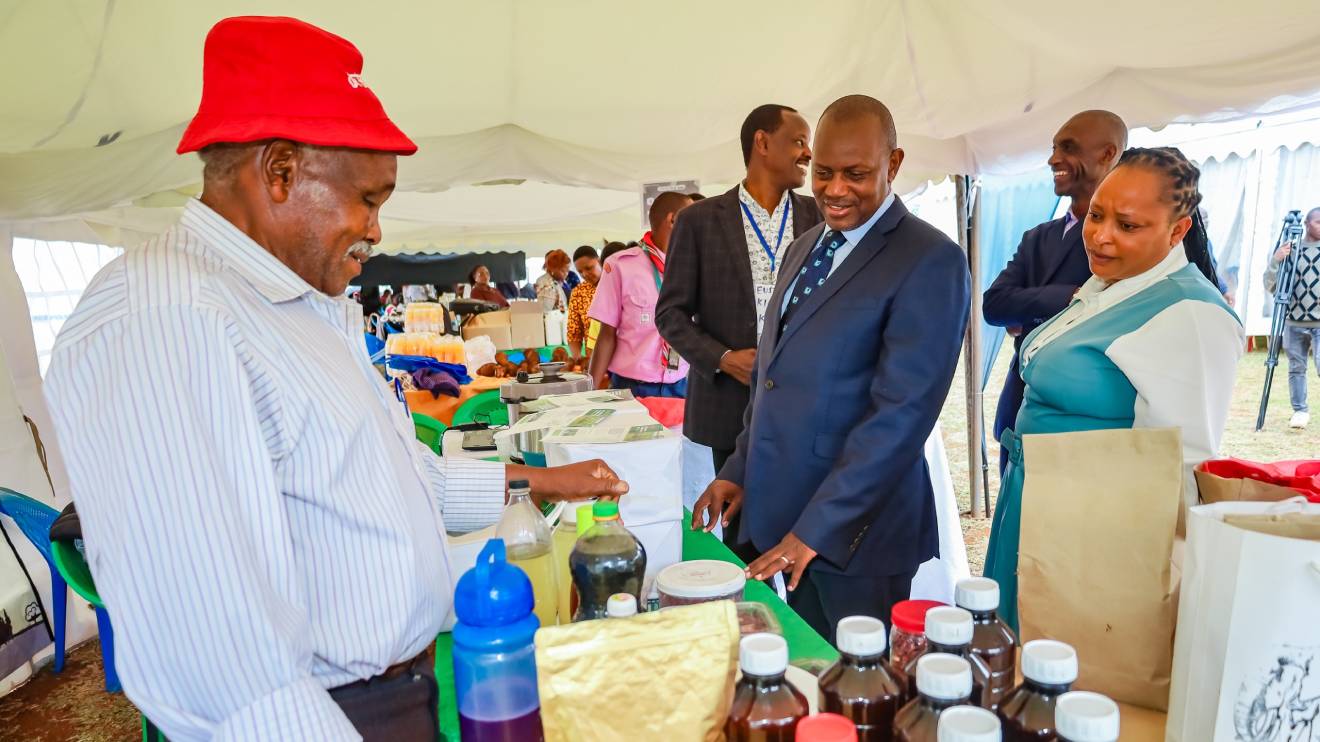A glimmer of hope for Kenyan households quickly dimmed as cooking gas prices rose by 1.7 per cent in December 2023, erasing any gains made after the government removed taxes on the product.
This unfortunate reversal paints a stark picture of how global market forces and currency fluctuations can undermine well-intentioned policies.
Data from the Kenya National Bureau of Statistics (KNBS) reveals that a 13kg cylinder of liquefied petroleum gas (LPG) averaged Sh3,032 in December, returning to pre-tax levels.
This marginal increase, seemingly insignificant on paper, translates to a heavier burden on families already grappling with rising costs.
The story behind this price hike is a complex interplay of factors.
Read More
In June 2023, the government, aiming to increase LPG consumption and promote clean energy, removed the 16 per cent Value Added Tax (VAT), leading to a welcome price drop.
The average cylinder fell to Sh2,787, offering a brief respite to consumers.
However, this relief proved temporary. The Kenyan shilling's depreciation against the US dollar increased import costs, adding an unforeseen layer of expense.
Volatile global LPG prices further fueled the fire, pushing rates upwards once again.
"The impact on households is undeniable," observes Jane Kamau, a Nairobi resident. "With cooking gas becoming more expensive, families are forced to make tough choices, often sacrificing other necessities to fuel their kitchens."
While the government's intention to promote clean energy through tax cuts is commendable, the recent price reversal highlights the need for a more comprehensive approach.
Experts suggest strategies like exploring local LPG production, hedging against currency fluctuations and implementing targeted subsidies to ensure long-term affordability for vulnerable communities.
The Kenyan dream of cleaner kitchens fueled by affordable LPG remains on hold.
As price woes simmer, policymakers must find solutions that ensure this essential commodity remains accessible for all, not just a fleeting luxury.
The journey towards a truly clean and equitable energy future demands more than just tax cuts; it requires a well-rounded strategy that navigates the complexities of global markets and prioritizes the needs of its people.







-1751118267.jpg)



